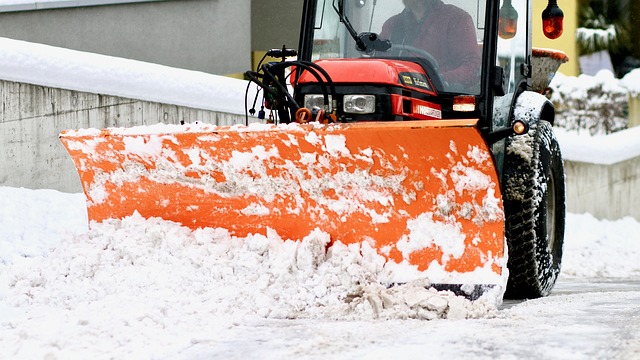Consequences of salt use following snow and ice storms

Many U.S. state and local governments struggle with issues regarding use of salt following snow and ice storms. Salting streets does make it safer and easier for drivers. However, salting has many downsides. For those of us living near freshwater sources that provide water for drinking and household use, there are additional downside factors with using salt which ultimately gets into Lake Erie through sewers and ground water. Many organizations and universities have studied the challenges, including human health risks and economic development impacts, associated with the use of salt as a deicer.
Salt:
Is corrosive to streets, buildings, vehicles, bridges and other infrastructure. Maintenance, repairs or replacement is very expensive, whether for public or private property.
Can infiltrate nearby surface soil and ground water.
Alters the chemistry and changes the ecosystem of Lake Erie.
Increases soil erosion.
Is toxic to fish, insects, grass, and plants.
Reduces fish and insect reproduction and survival rates.
Causes soil to release nutrients back into the water (those nutrients can lead to the development of algae bloom).
Destroys soil stability & decreases soil’s ability to store water.
Transfers chlorine to soil and groundwater tables.
Kills roadside plants, harms wildlife eating the crystals and attracts animals like deer, increasing chances of accidents.
Increases high chlorine levels to streams during dry periods.
According to the U.S. EPA, high sodium levels in drinking water affect people with high blood pressure.
(source: Lorain County Storm Water Management District and U.S, Environmental Protection Agency
In an effort to balance the need to salt heavily traveled streets, while being environmentally aware, Sheffield Lake salts all the city’s main streets as well as the intersections of side streets. This practice is similar to what is being done in many neighboring communities.
